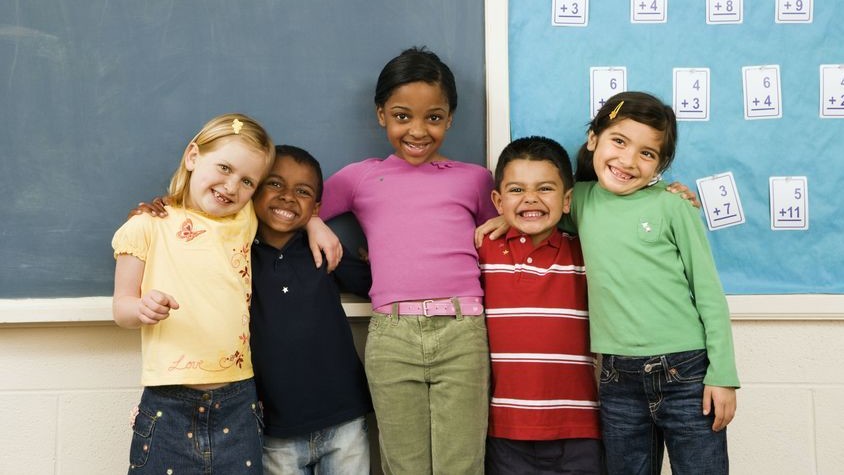Smart Cohorting in Schools as Protection Measure Against Covid-19

If incidence rates go up, dividing classes into subgroups is an effective measure to avoid or at least limit outbreaks at schools as this reduces social contacts and the infection risk. A recent study, however, shows that cohorting should take the pupils’ friendship networks and thus also social contacts outside of school into account. Sociologists David Kretschmer and Dr. Lars Leszczensky from the Mannheim Centre for European Social Research contributed to the study. Together with the first author, Anna Kaiser, Ph.D., from Columbia University (USA), they published the first peer-reviewed study on dividing classes into groups, alternating between virtual and in-person teaching and Covid-19 at schools in Europe. Their work has been published in the “The Lancet Regional Health – Europe” and is open access.
Analyzing the contacts of 507 classes: Four strategies differ in their effectiveness
Based on the actual social relationships of 14- and 15-year-old pupils in 507 classes of secondary schools in England, the Netherlands, Sweden and Germany, the research team has modeled the spread of SARS-CoV-2 at schools. The researchers have simulated the spread of the disease after the virus has been brought into the class under the following conditions:
- Randomly dividing the class into two groups
- Dividing the class into two groups according to gender
- Dividing the class into two groups, based on complete network data
- Dividing the class into two groups according to social contacts that the pupils have named
The result: All four strategies reduce the spread of the virus but differ in their effectiveness.
“Random cohorting, that means dividing the class into random groups, for example by the first letter of their names and their order in the alphabet, is the least effective method. This is the result that we have expected”, explains David Kretschmer. Gender cohorting was significantly more effective, since children and adolescents who are still in school are more likely to meet with friends of the same sex, the sociologist says. Additional contacts and thus cross-gender infections are less frequent. According to the model, dividing the class by considering the actual social contacts which the pupils name in scientific surveys is the most effective way. Anna Kaiser, the first author of the study, says: “In the data, we see who is in close contact with whom, even outside of school. Dividing the classes accordingly, reduces the infection risk and the risk for quarantine – in particular, if the pandemic situation is dynamic.” Superspreading, e.g. a relatively high number of infections resulting from only a few infected people, is also less likely if groups are formed this way.
Anna Karoline Kaiser, David Kretschmer, Lars Leszczensky (2021): Social network-based cohorting to reduce the spread of SARS-CoV-2 in secondary schools: A simulation study in classrooms of four European countries. The Lancet Regional Health – Europe, Volume 8.
Link to the study: https://www.sciencedirect.com/science/article/pii/S2666776221001435
